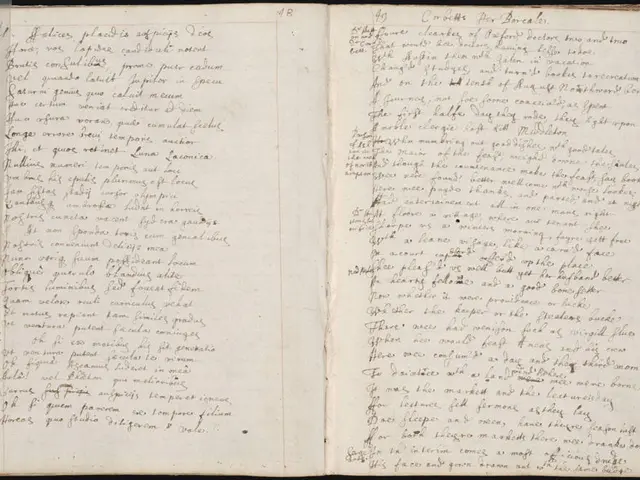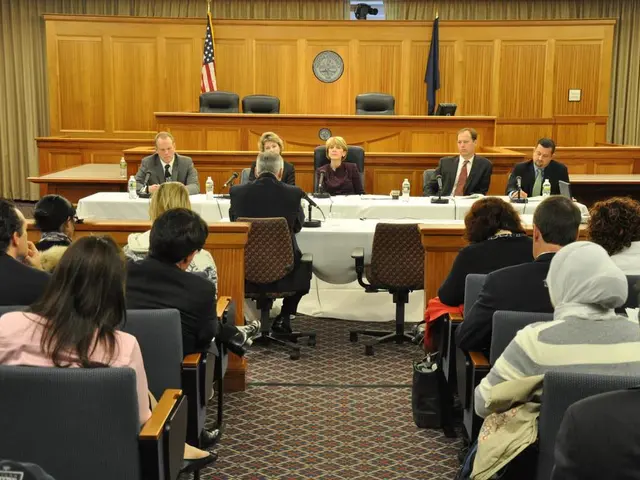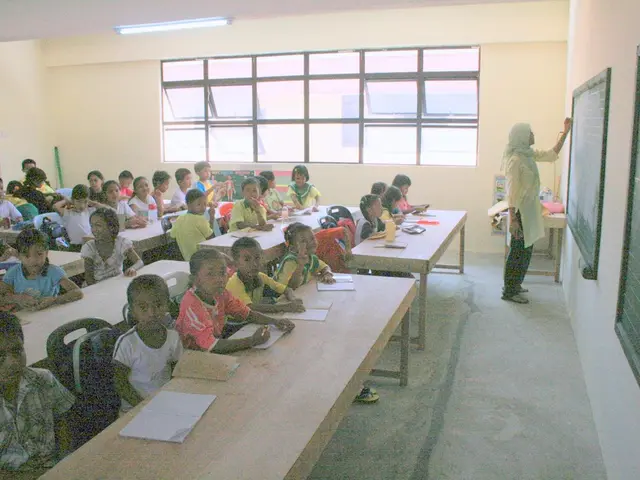A Centerpiece: Exposing a Year in the Forced Labor Exhibit - Exploring a year's worth of exhibits and events at a museum
Embrace the past and understand the impact of history as you step into the Museum of Forced Labor in Weimar, a captivating destination that appeals to over a thousand visitors each month. From school groups to adult gatherings, this museum stands out as a critical educational and emotional touchstone.
For those directly affected by the Nazi regime, the museum serves as a memorial cornerstone. It offers a representation of the hardships faced by the millions forced into labor during World War II, providing a space for reflection and collective remembrance.
"The atrocities of the Nazi era are ingrained in the family narratives across Europe," explains museum director Daniel Logemann. As we delve into the past, the question "What relevance does this history hold for me?" continues to resonate today. Understanding the past is essential for building a shared understanding, transcending all memory divides.
The museum's endeavors extend beyond its walls, partnering with local institutions in Weimar. Its presence can be felt in events like the Kunstfest Weimar 2025, where a video installation is featured, and plans for collaborative projects stretch to 2028, encompassing rotating exhibitions, art installations, cultural events, and conferences.
A Vital Educational Hub Rooted in the Past
As part of the Buchenwald and Mittelbau-Dora Memorial Foundation, the Museum of Forced Labor is pioneering efforts to portray the history of Nazi forced labor in a pan-European light. Constructed in a building that once housed the only Gauforum completed during the Nazi era, the museum stands as a poignant reminder of the crimes committed there.
Originally intended as the headquarters of Gauleiter Fritz Sauckel, who was responsible for recruiting millions of slave laborers during World War II, the building bears haunting witness to the darkest periods of history. An estimated 20-26 million people were forced to work in occupied territories and the German Reich during this time.
Commemorative Events for the Day of Liberation
On this momentous occasion, the museum has planned a series of special events, including a film screening and a reading with dance and music performances, recurring on May 10. Ute Delimat from Göttingen will touch hearts with a moving narrative about her mother Wiktoria's harrowing journey as a 13-year-old forced labor victim from Poland during World War II.
As we stand together in the shadows of the past, the Museum of Forced Labor in Weimar illuminates the lessons of history, offering a sanctuary for remembrance and inspiring reflection on the world we inhabit today.
- Forced Labor
- Weimar
- Nazi Regime
- Memorial Site
- Reflective Space
- Shared Understanding
- Future Museum Collaborations
- World War II
- Historical Education
- Slopeckel's Role in Forced Labor Recruitment
- The Museum of Forced Labor in Weimar, a vital educational hub, serves as both a memorial cornerstone and reflective space, promoting shared understanding by shedding light on the atrocities committed during the Nazi regime and World War II.
- Future museum collaborations, including events like the Kunstfest Weimar 2025, aim to portray the history of Nazi forced labor in a pan-European light, fostering historical education and commemoration of the estimated 20-26 million people forced to work during this period.






